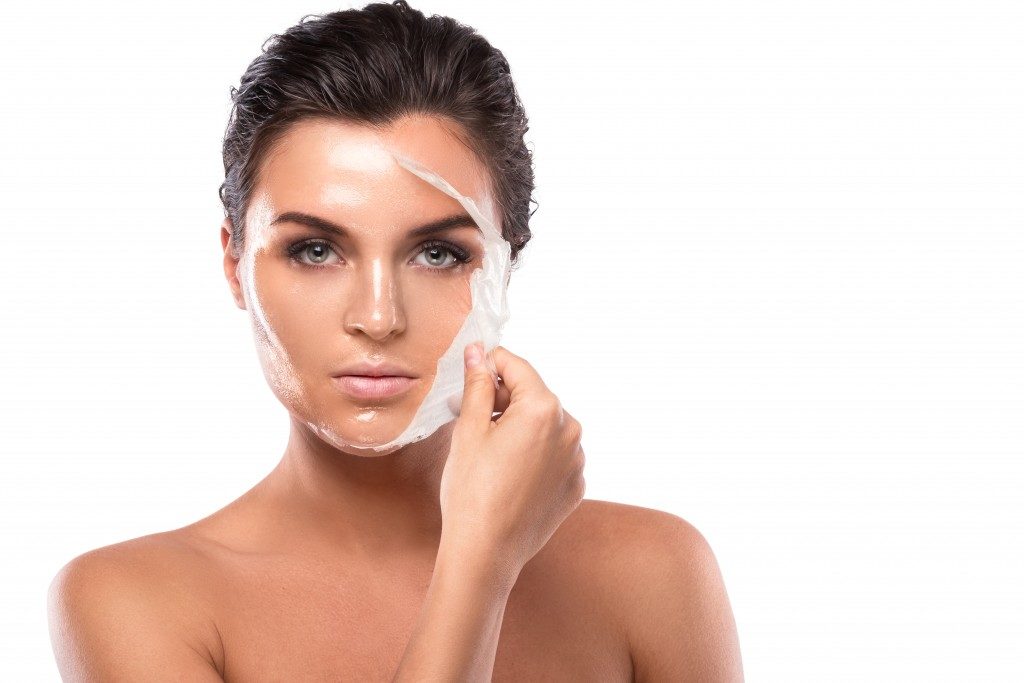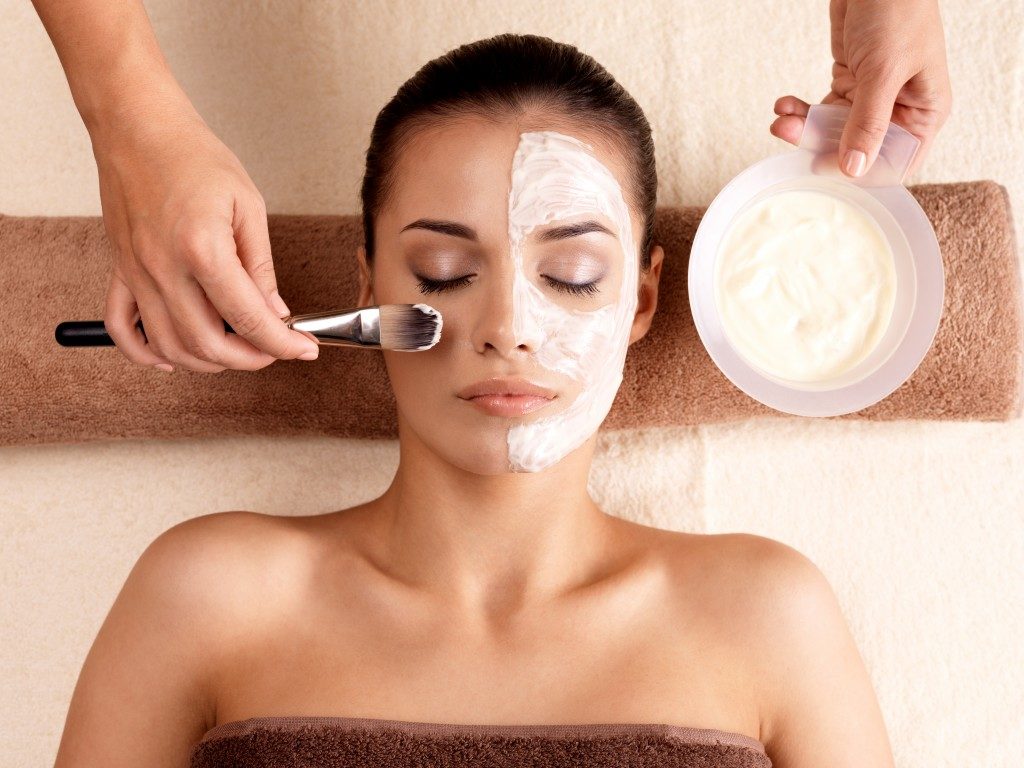Face masks were arguably the biggest beauty trend of 2018. Yes, facial masks have been around for quite some time but were nearly unheard of in the US and other western countries. The Hallyu or Korean wave helped spark the widespread use of face masks, thanks to the viral 10-step Korean Skincare Routine.
Celebrities were soon posting sheet mask selfies all over Instagram and Twitter. Before long, Korean face masks for sale were all over local drugstores, side-by-side with new facial sheet masks from popular local brands.
What’s in a Mask?
Sheet face masks are large, single-use pads made of cotton, rayon, cellulose or other soft and absorbent material soaked in enriching and nutrition-packed serum.
You can pick up a sheet mask for a last-minute treatment before going out or a little home spa treatment after a long day. Face masks offer a quick way to target skin issues like wrinkles, dry skin, and fine lines.
The key to maximizing your face masks is to match the right ingredients to your skin type and skin condition. Make sure you know what your skin type is and any allergens you may have to avoid any adverse reactions.
Aside from the usual skincare ingredients, the Korean beauty trend introduced many westerners to unusual (but very effective) ingredients.
- Vitamin C – for reducing signs of fine lines and wrinkles
- Salicylic acid – for unclogging pores and clearing acne
- Snail mucin – for anti-aging benefits and improving skin texture
- Honeybee venom and propolis – for soothing the skin, reducing inflammation, and improving skin cell recovery
Finding the Right Mask

Sheet masks aren’t the only type of face mask that lately gained a significant following. Exfoliating masks, leave-on moisturizing masks, and clay mud masks became popular, as well.
Clay masks, especially bentonite clay or Jeju volcanic clay, draw out toxins and environmental pollutants from the surface of the skin. These types of masks are recommended for people with clogged pores, acne breakouts, bacterial skin problems, and skin conditions like eczema and psoriasis.
Leave-on moisturizing masks are often creamy and can either be washed off or left on your face overnight. Depending on the ingredients and formulation of the mask, it can soothe, brighten, or tighten your skin. The possibilities are practically endless, especially if you make your own face masks.
Exfoliating masks, meanwhile, can help bring back your skin’s glow. They help detoxify your skin, unclog your pores, and get rid of dead skin cells, leaving your face smooth and feeling refreshed.
Golden Rule of Face Masks
Regardless of what type of facial mask you choose or what ingredients it contains, the use of face masks has a golden rule: don’t leave it on your skin for longer than the recommended time.
Leaving sheet masks on your face for too long will cause the serum-soaked pad to dry. It would end up absorbing the moisture on your skin rather than adding to it. Moreover, some ingredients (like charcoal and acids) can irritate the skin if left on too long.
The same logic applies to leave-on moisturizing masks. Meanwhile, exfoliating masks (especially the peel-off types) run the risk of not just drying out your skin but also peeling off more than its top layer.
Make sure to always match the ingredients of your face masks and other skin care products to your skin type and condition. Additionally, make sure to follow the instructions when using any skincare product to get the most out of it.

